14 Stories That Prove Kindness Can Turn Regular People Into Heroes

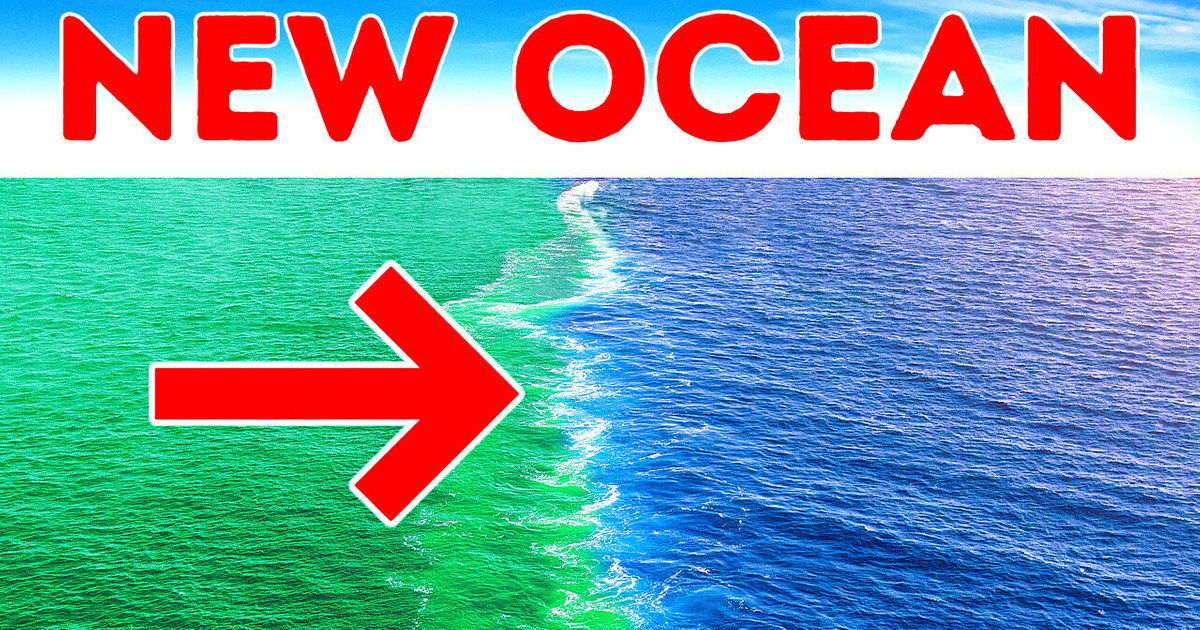
Let’s try something together: open any world map you have available. It can be the one you find in your bookcase or even an online version. Take a look at the vast area covered by water. That’s 71% of the Earth’s surface!
And all that is salt water in the world’s ocean. There aren’t any borders between the four oceans we’ve all come to know, but oceanographers and the world’s countries did traditionally split these waters into four distinct regions: the Pacific, Atlantic, Indian, and Arctic oceans.
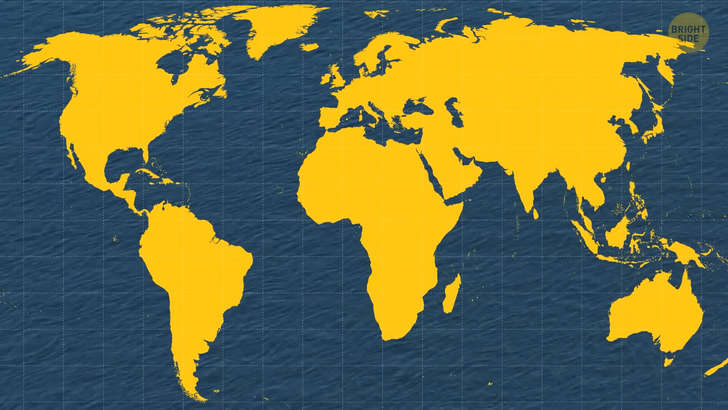
And... here comes the big surprise: the scientific community has recently recognized the fifth body of water! It’s called the Southern Ocean, and three of the four original oceans border it. It circumnavigates Antarctica and the lower portion of the globe and reaches Australia and the southern portions of Africa and South America. What makes this ocean so special? How did the scientific community eventually recognize it? And, more importantly, what mysterious creatures does it hide? Let’s find out!
The Antarctic Ocean, or the Southern Ocean, was first mentioned back in 1937 in the second edition of the International Hydrographic Organization’s Limits of Oceans and Seas. That’s a mouthful. Back then, this organization considered that it was wrong to consider the Antarctic Ocean as its own distinct body of water. Why? Because at that point in time, an ocean was defined as “water surrounded by land” and not “water surrounding land.”
However, they reconsidered it in 2000 and voted to include this ocean in the official list. They also decided on the name “Southern Ocean” over the commonly used “Antarctic Ocean.” Finally, the organization concluded that the ocean should be considered as ending at the 60th parallel South latitude.
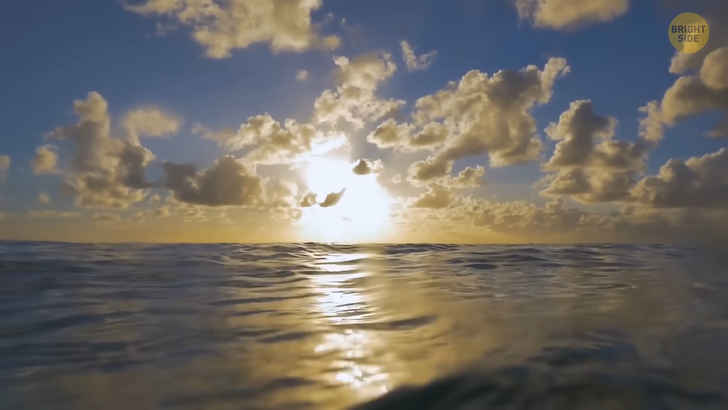
But how old is this ocean? Well, many specialists believe it to have formed only 30 million years ago, which would make it the youngest of the world’s oceans. It was created when Antarctica and South America moved away from each other during the early stages of our planet’s development. This unique water current is a distinctive component of the Southern Ocean, as it helps to keep the waters flowing around the icy continent.
It’s called the Antarctic Circumpolar Current, and it moves to the east with incredible speed. It is estimated that it moves an enormous amount of water per second! [34,342,366,806 gallons] Some of the disputes regarding the Southern Ocean also have to do with this amazing current. Some specialists believe it separates the waters of the Southern Ocean from the waters of the nearing Atlantic or Pacific. Only the rapidly circulating water is considered the Southern Ocean.
On the other hand, though, a handful of scientists say that the current actually makes the naming issue more complex by not limiting the waters to a specific geographic location. They believe that the waters in the current are different — in terms of composition — from waters in the northern oceans because they are way colder and have a lot more salt.
Sailors don’t really like this new body of water, mostly because of the frequent cyclone-like storms that it experiences. They happen because of the big temperature difference between the ice packs and the ocean waves. As a result, these storms are very difficult to surpass for any sailors that happen to encounter them. I mean, really, these are the strongest winds found anywhere on our planet!
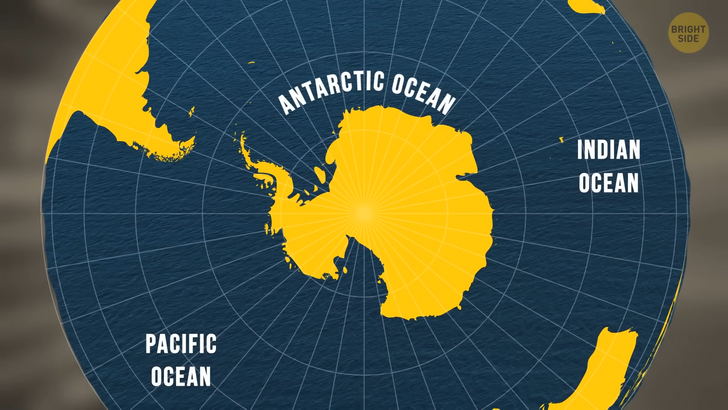
More so, the vessels going through this area must also be wary of the frequent icebergs that may pop up every now and then and also of the low surface temperatures. Just to paint you a better picture, some of the icebergs found here can span over several hundred meters and can exist all year round, regardless of the season. The latitudes from 50-70 have even earned the nicknames of “Furious Fifties” or the “Shrieking Sixties” because of these intense year-round storms.
Even the landscape is unique. They say the Southern Ocean has bluer glaciers, colder air, and more intimidating mountains than anywhere else in the world. Now let’s get to the mysterious creatures that call this place home, as thousands of species of wildlife live only here and nowhere else in the world.
Let’s start with the quirky sea pig, or one of the sea cucumbers as it’s sometimes called. There are a lot of them in the waters off Antarctica. Why is it called that way, though? Because of its pink hue and round, bloated looks. On a closer look, it even appears to have a little tail and set of ears. Just like a pig! They do help a lot with the quality of the waters here, filtering sand and sediment.
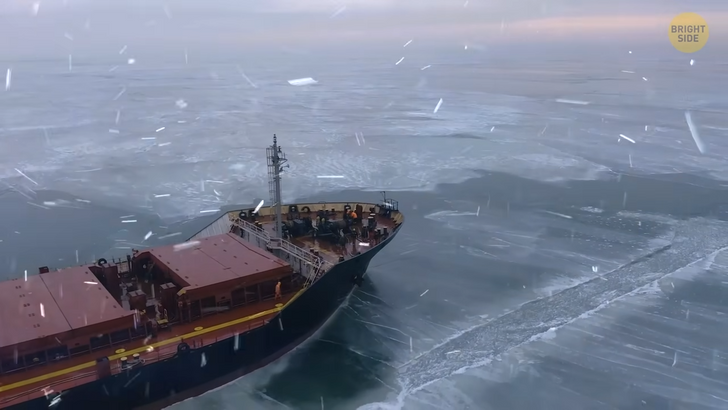
Then, there are the Hoff crabs that live on the floor of the Antarctic Sea. The Southern Ocean is a cold-water environment, but crabs are more adapted to warmer waters, so Hoff crabs gather around the warmth made by volcanic vents. They get the needed warmth and food here.
You can find them in large piles, one on top of another, literally filling the space at the vent openings. Wonder how they got their unofficial name? Well, it’s because of their apparent similarity to the actor David Hasselhoff — whose impressive chest reminded explorers of the crab. Okay.
Ever seen a fish that’s completely transparent? You’d have to get to these waters down in the south, but they do exist, and they are simply called the icefish. You can basically see inside them, being completely clear and all. That’s because of their see-through skin and because they don’t have any red blood cells.
Their special power is that they can use antifreeze to prevent their bodies from going solid in the cold waters of the Southern Ocean. Instead of the standard, thicker blood — the red one, with hemoglobin — icefish have thinner blood that moves around more easily throughout their bodies hence giving them the much-needed nutrients and oxygen.
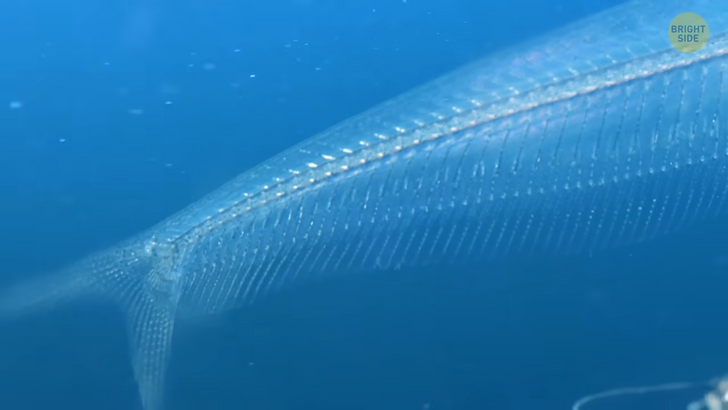
Now, is there a monster hidden in these waters? Some people believe this to be the case. And thanks to recent research, we even have video footage of it! Some Australian researchers stumbled upon a bunch of weird-looking creatures that were swimming near the seafloor of the Southern Ocean.
This pink, blob-like fish seemed to be propelled by a little pair of fins. To quote them on it, it seemed to resemble “a chicken just before you put it in the oven.” I’m not sure I even want to know what that looks like! It took them some time and research to identify the monster [Enypniastes eximia]. It’s a shy species of sea cucumber, known more by its uhm... creative nickname: “the headless chicken monster.”
We’ve known this creature has existed since the late 1800s, but we’ve barely ever seen it. And we’ve only ever captured it on tape once before when it was spotted in the Gulf of Mexico, which is quite far from the waters off the coast of East Antarctica. There’s so much we don’t know about this creature, like how many of them exist in our waters and how they live, eat and reproduce.
Ever heard of the Emperor Penguin? It’s not a penguin species that just happens to have a crown on its head, if that’s what you’re thinking. But they are one of those penguins that inhabit this specific location and are also the largest species of their kind altogether.
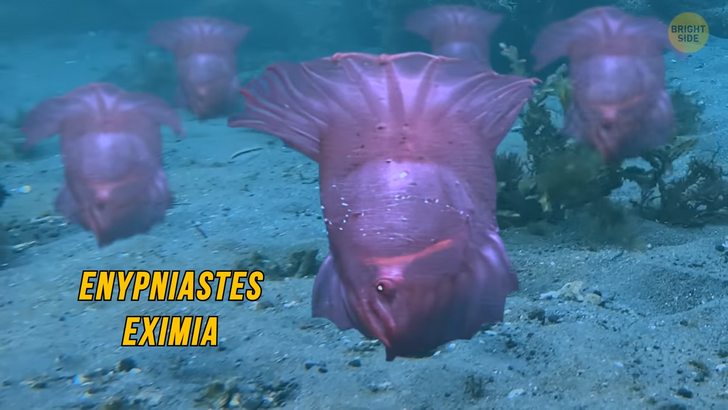
What makes them special is that they make their colonies on the sea ice, and most of them never step foot on land. More so, penguin dads lose almost half their weight while incubating the eggs. They are also fascinating swimmers able to dive deeper and longer than any other bird, up to 700 feet! Not to mention they can stay submerged for up to 18 minutes at a time as they gather food.
We have yet to uncover all the secrets of the mysterious Southern Ocean, but it’s clear that it’s home to some unique and fragile marine ecosystems. Recognizing it as a new ocean could be one way to focus the public attention on it and help its conservation.











